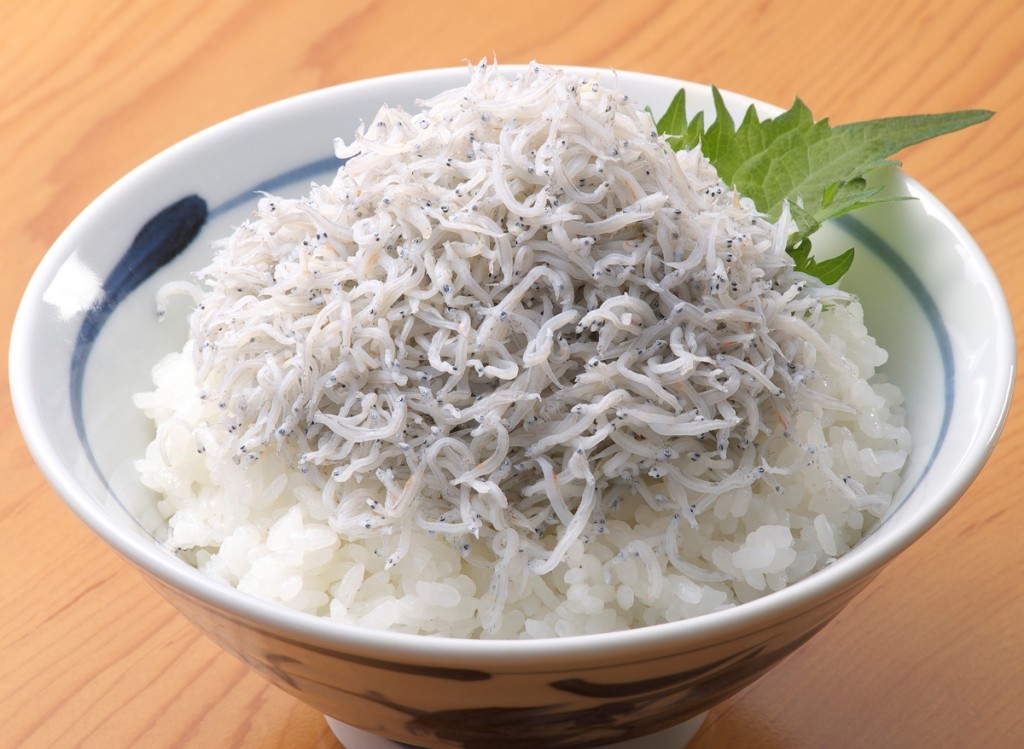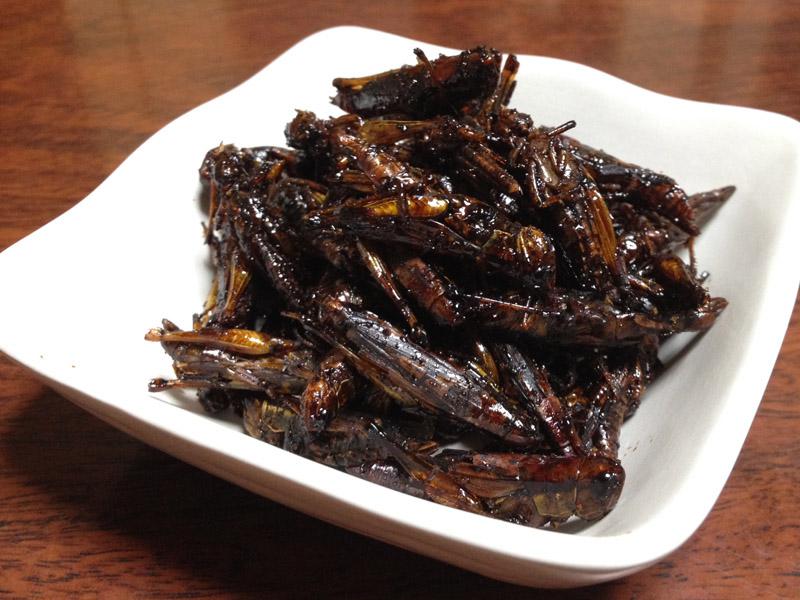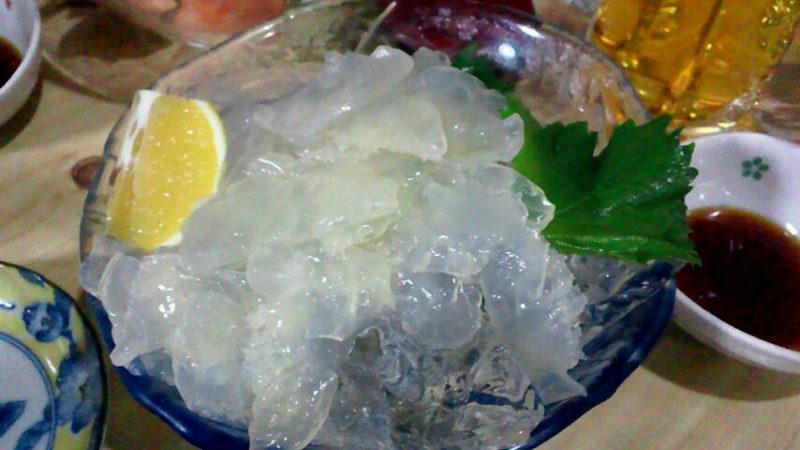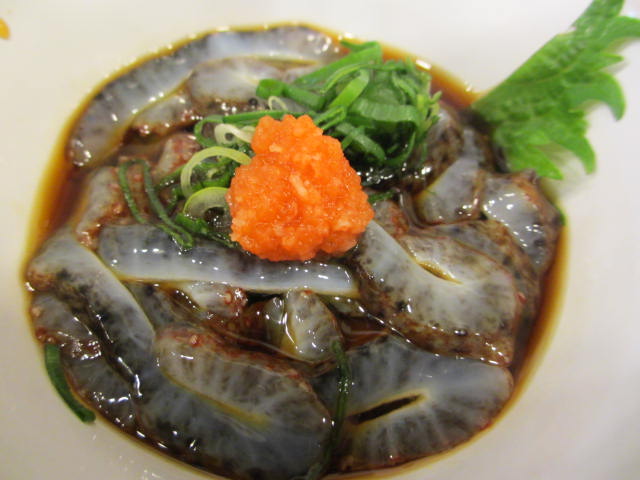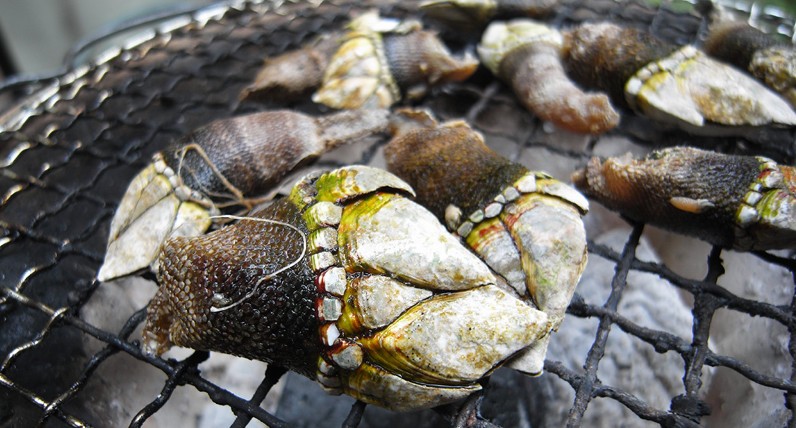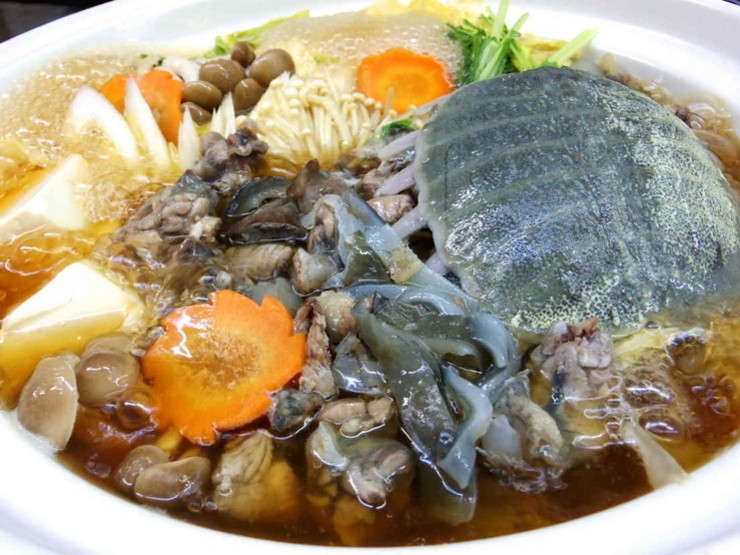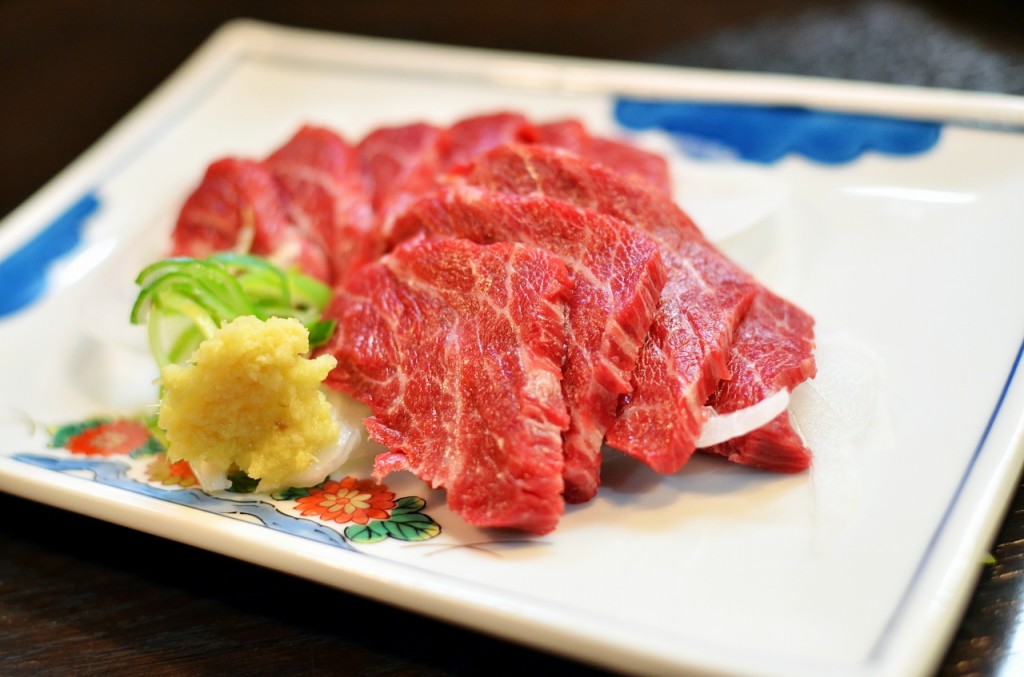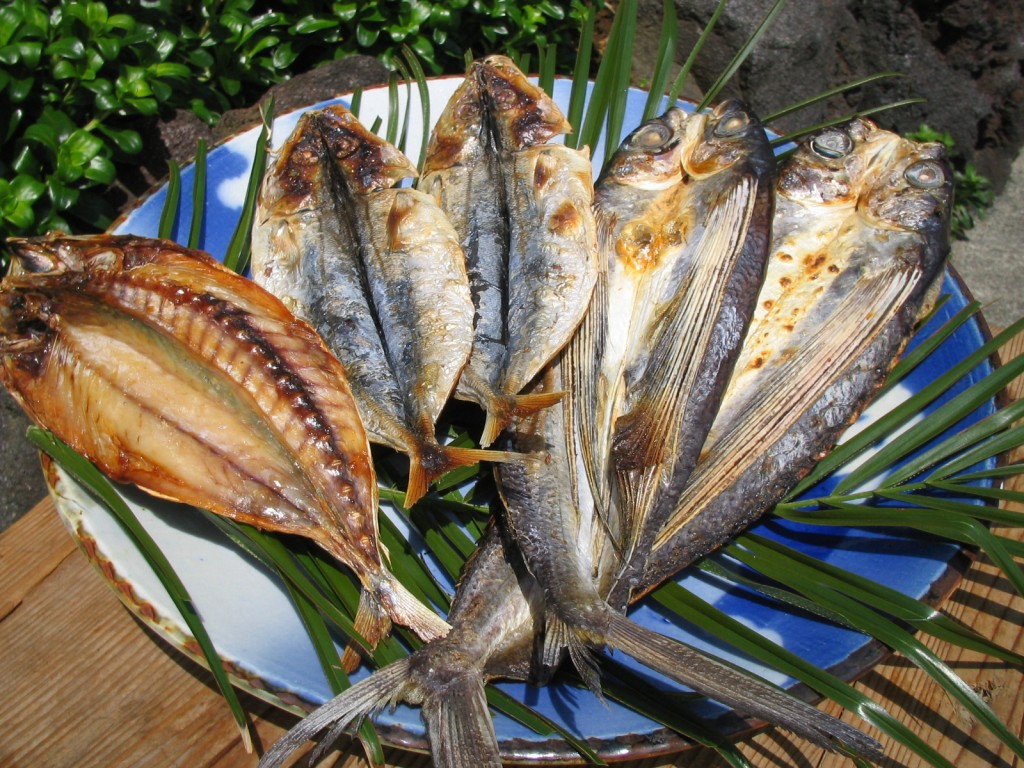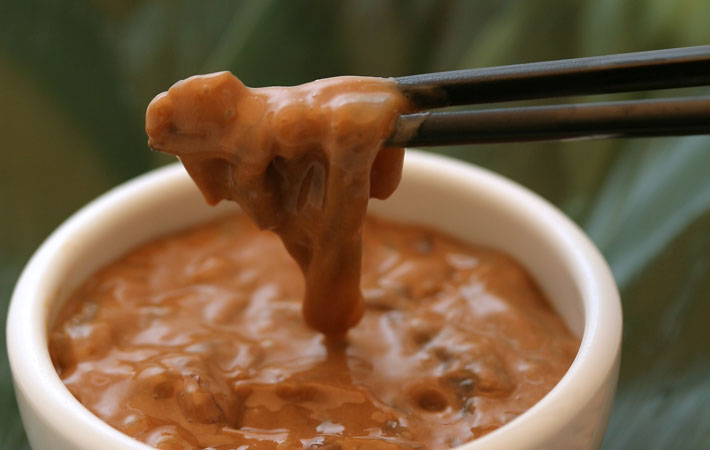In this article, we'll look at 10 strange foods that you can only eat in Japan. Foods you wouldn't imagine existed in this great country of noodles, rice and sushi.
Most of these delicacies are only consumed in certain parts of Japan, so even a Japanese person has not had the chance to try all these dishes. Not only I, but many Japanese people steer clear.
We also recommend reading:
Table of Content
1. Natto - Fermented Soy
Natto is fermented soybeans, which have a very strong smell and a rather viscous texture. Recently, the health benefits of natto have been widely publicized and now people can buy it in supermarkets all over Japan.
However, thirty years ago, it was not common for people in western Japan to eat it. It is rich in proteins, vitamin K, and dietary fiber. In some Japanese restaurants outside of Japan, you can order natto. It may not be possible to eat the original, but often they will offer natto-maki, a sushi roll with natto inside.
Read also: Amanatto – A Jujuba de feijão
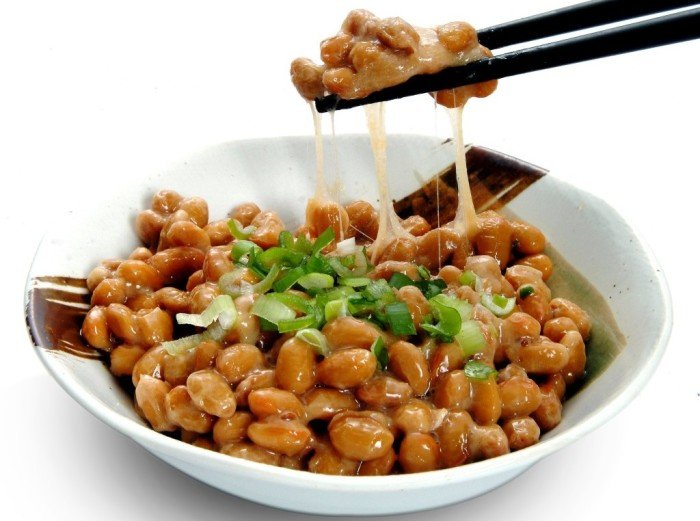
2. Shirasu - Grated fish
Shirasu is small fish, usually sardine, eel, herring or ayu. It is eaten raw or dried after being cooked in salted water. It is rich in proteins and calcium. It is not a dish with strange flavor or ingredients, but it has a rather bizarre appearance.
3. Inago no tuskudani
Inago is a species of grasshopper and is commonly consumed in Nagano and other mountainous regions, where seafood is not very accessible. Inago is first fried in a pan, then boiled in boiling water for a while and after being cooked in soy sauce and sugar to produce tsukudani. Tsukudani in other parts of Japan is made from small fish, shellfish, and seaweed.
4. Kurage (Jellyfish)
Jellyfish is eaten raw or dried. Despite its appearance, it does not have a jelly-like texture, it is crunchy. Only six types of jellyfish are consumed.
5. Namako (sea cucumber)
Despite its unattractive appearance, sea cucumber is one of the best Japanese delicacies. It has been consumed by the Japanese for over a thousand years. Sea cucumber is often eaten raw with vinegar to enjoy its unique crunchiness. It can also be found dried.
6. Kamenote
Kamenote is a marine crustacean, its name refers to the hand of a turtle, and it can be found on rocky shores. It is most commonly eaten in southern Japan.
People often put miso in soup or brine cooking. Despite not being the same species, barnacles, which are quite similar, are eaten in Spain and Portugal as well.
7. Suppon (Turtle Shell)
According to archaeological evidence, suppon, a soft-shelled turtle, has been eaten by the Japanese since the Jomon period (2500-1500 BC). Today, it is often eaten as nabe (hot pot), suimono (soup) or zosui (Japanese risotto) and the broth made from suppon is tasty. The shell is rumored to be an aphrodisiac.
8. Basashi (Horse Meat)
Even though this meat is viewed with a bad reputation in Brazil, horse meat is eaten in many countries around the world more than people think. However, in Japan, this meat is consumed raw. It is often eaten as sashimi with grated ginger or garlic and soy sauce.
9. Kusaya
Kusaya is a dried salted fish produced in the Izu Islands. It is made by marinating the fresh fish in Kusaya-jiru (similar to fish sauce) for 8-20 hours and then washing it with fresh water, and finally drying it in the sun for 1-2 days. Kusaya was given to the Shogun as a gift in the Edo Period. It is famous for its unique smell.
10. Shiokara
Shiokara (塩辛) is made from the guts of various marine creatures. It is a preserved food made from the fermentation of the internal organs mixed with about 10% salt, 30% rice malt, fermented and packaged in a plastic container.
Source: Tsunagujapan

